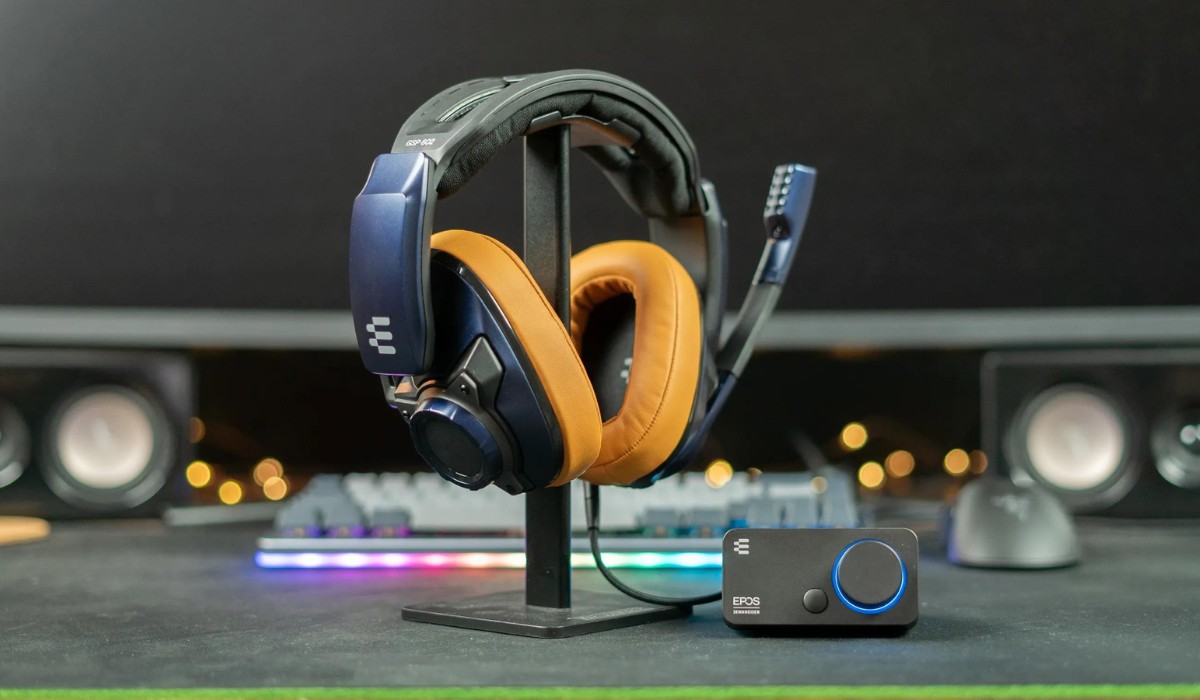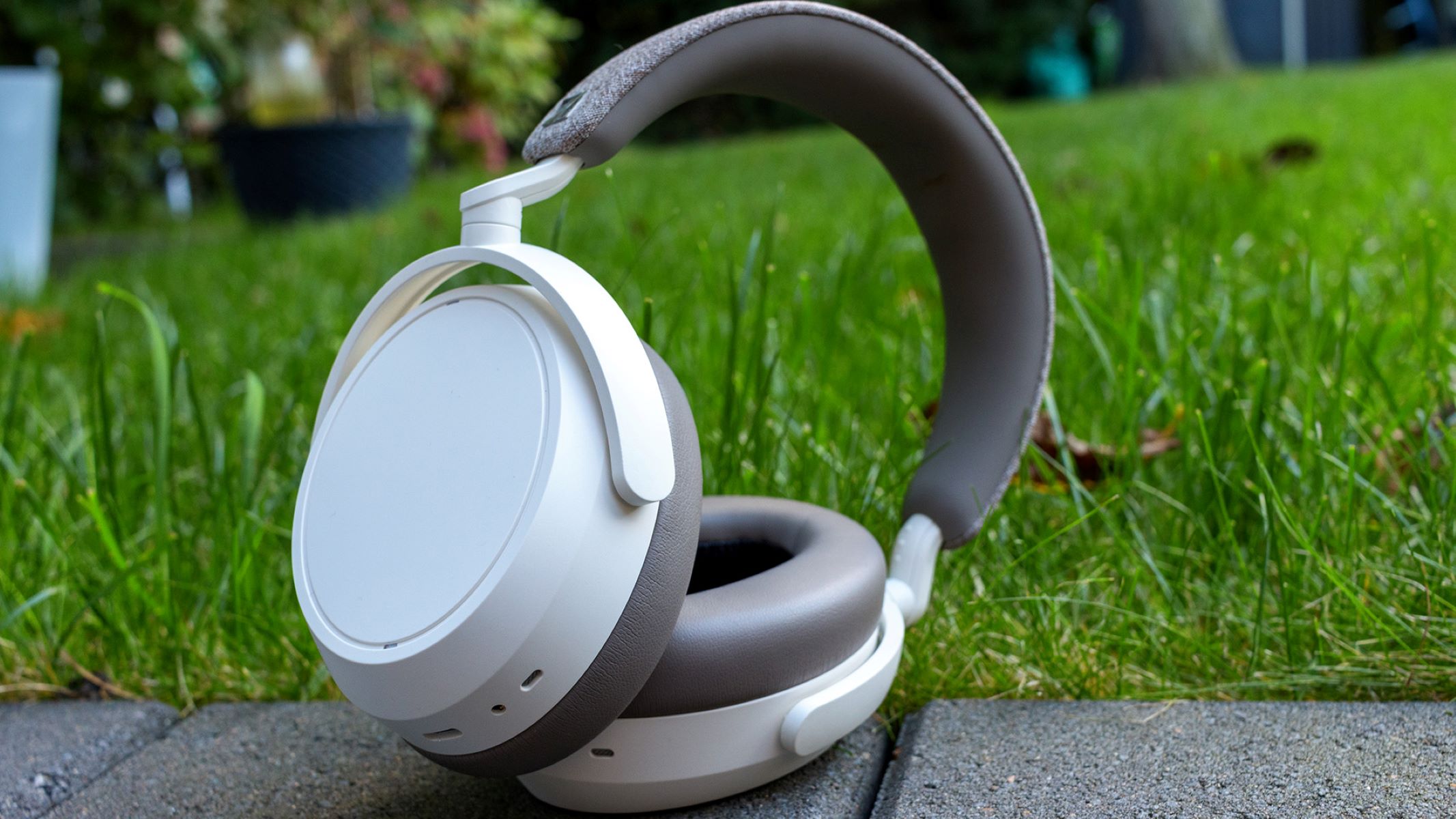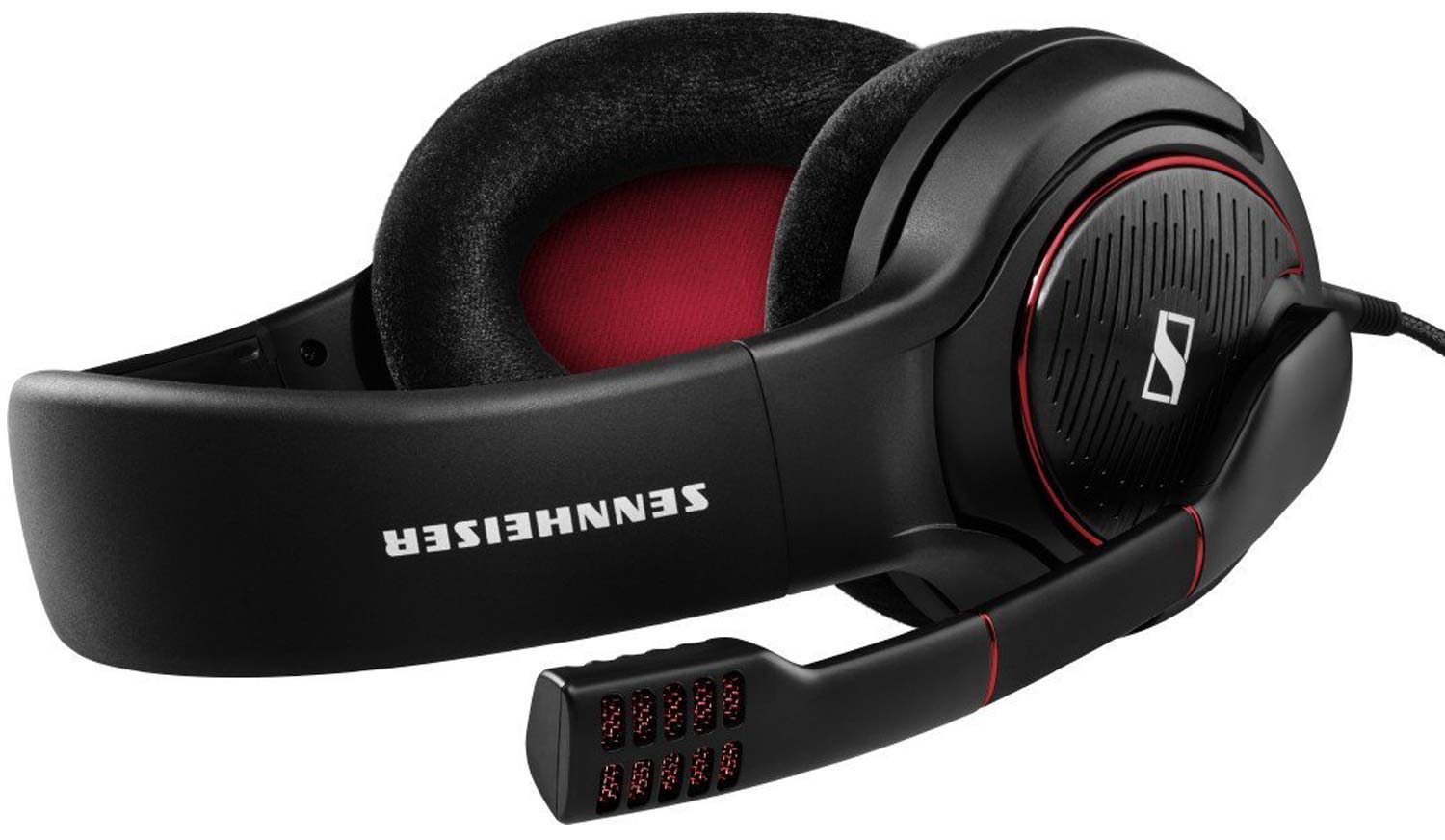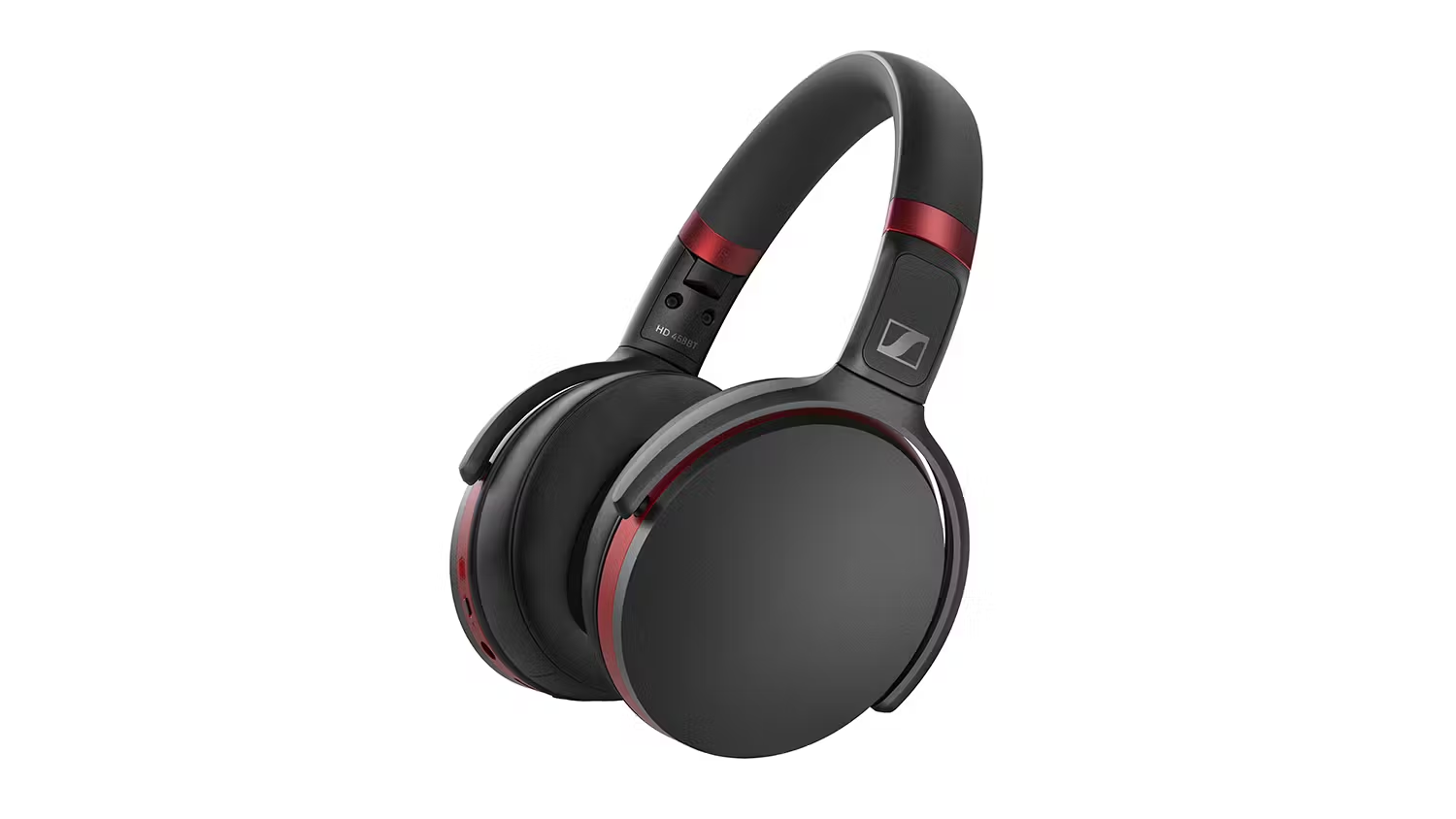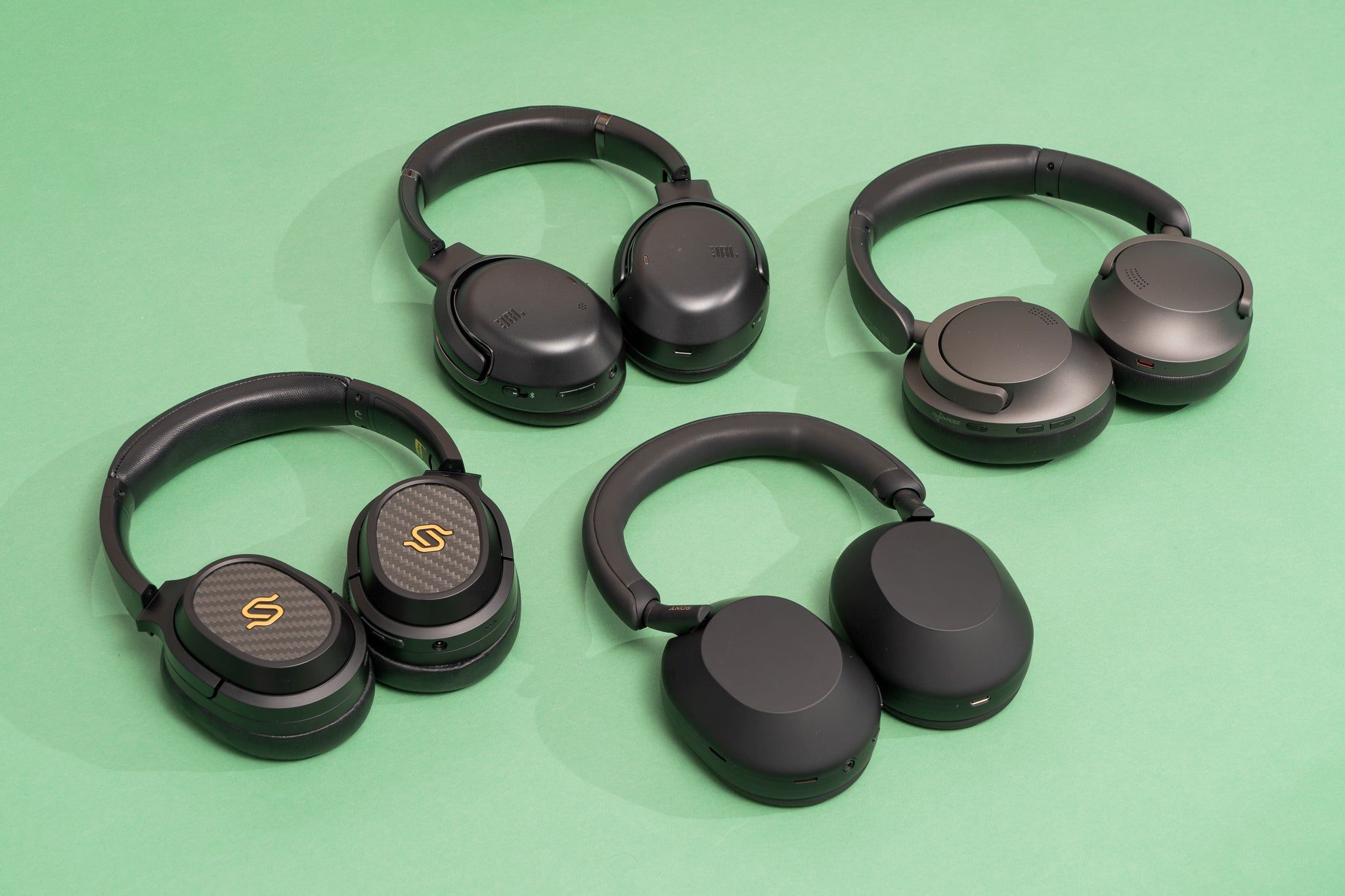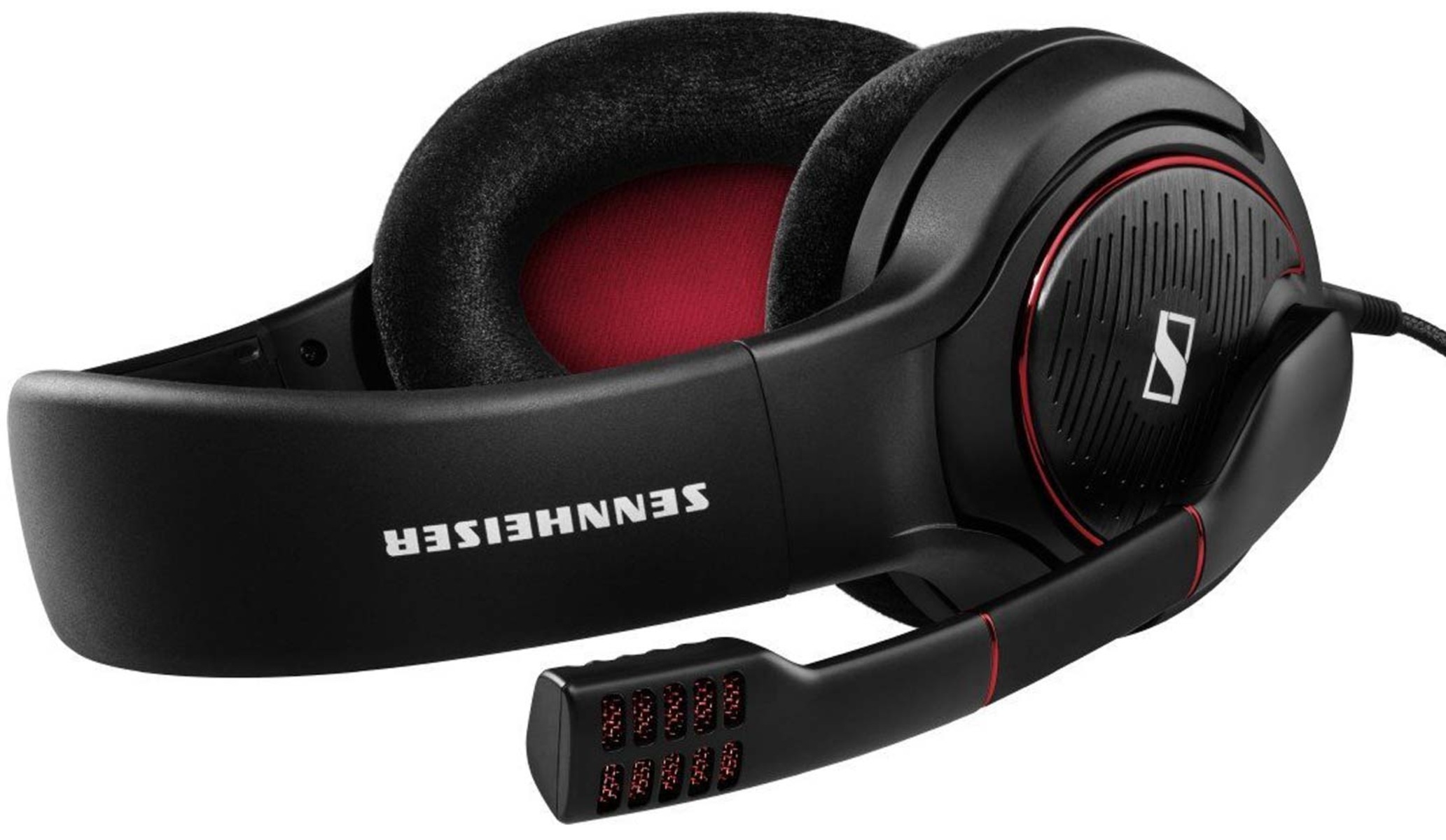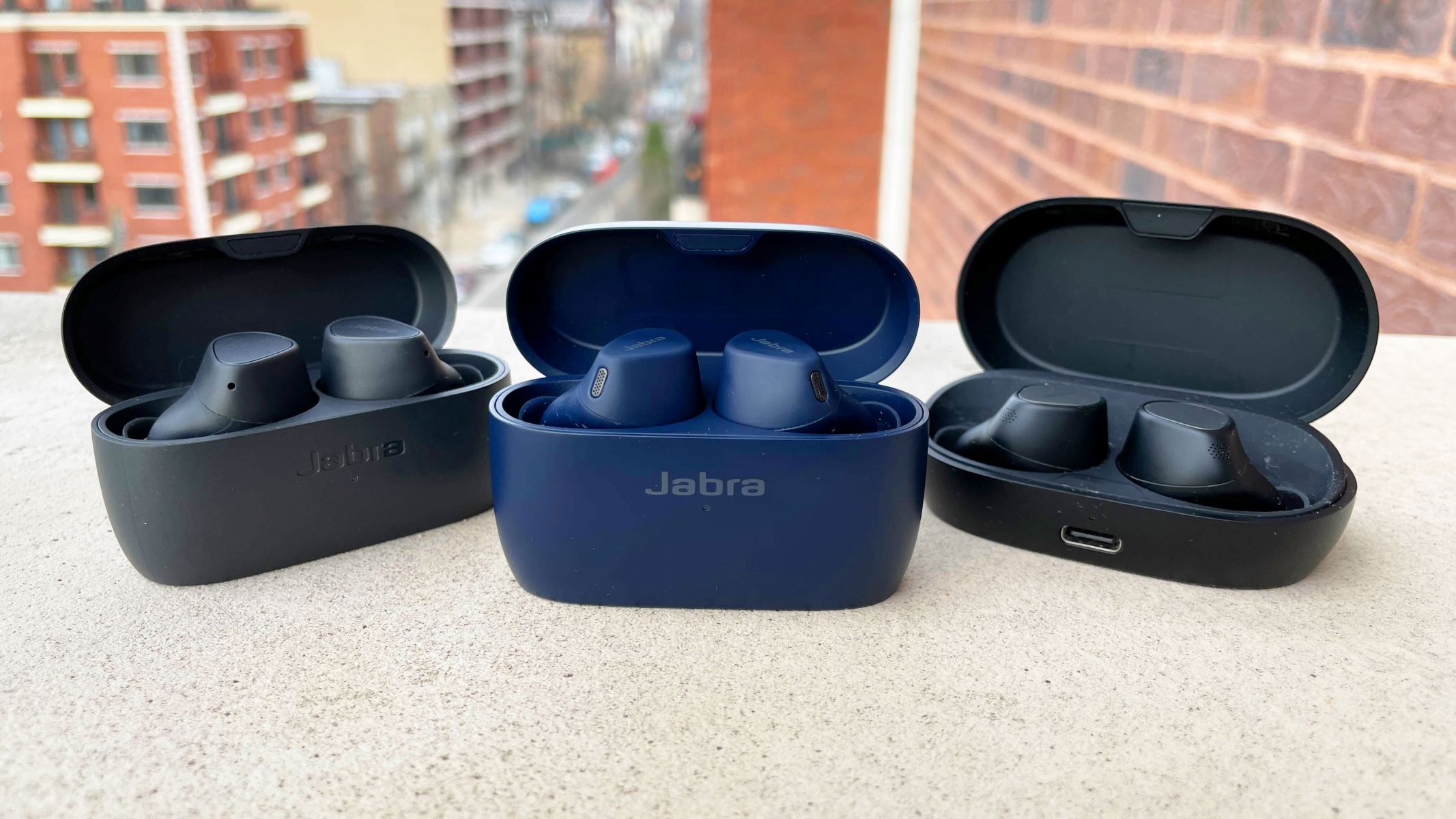Introduction
So, you've got your hands on a Sennheiser gaming headset, and you're ready to elevate your gaming experience to a whole new level. But hold on, have you ever felt like the audio from your headset lacks that deep, rumbling bass that really immerses you in the game? Well, fear not, because you're about to learn how to unlock the full potential of your Sennheiser gaming headset with the power of bass boost.
Bass boost is a feature that can add depth and richness to the low-frequency sounds in your audio, making explosions more impactful, music more vibrant, and the overall gaming experience more immersive. Whether you're navigating through the intense battlefield of a first-person shooter or exploring the atmospheric landscapes of an open-world adventure, having the right amount of bass can truly enhance every moment.
In this guide, we'll delve into the intricacies of bass boost, explore how it works, and most importantly, uncover the steps to adjust and optimize bass boost on your Sennheiser gaming headset. By the time you finish reading, you'll be equipped with the knowledge and techniques to fine-tune the bass output according to your preferences, ensuring that every gaming session is a visceral and captivating experience.
So, grab your Sennheiser gaming headset, get comfortable, and let's embark on this journey to unlock the full potential of bass boost together. It's time to take your gaming audio to the next level!
Understanding Bass Boost
Before we delve into the practical aspects of adjusting bass boost on your Sennheiser gaming headset, it’s crucial to grasp the fundamentals of what bass boost actually entails. In essence, bass boost is a feature that amplifies the lower frequencies in audio, enhancing the depth and impact of bass-heavy sounds. This augmentation can breathe new life into your gaming experience by intensifying the rumble of explosions, the thump of music, and the overall immersion in the virtual world.
When you activate bass boost, the headset’s audio processing system selectively increases the amplitude of lower frequencies, typically in the range of 20 to 250 Hz, depending on the specific implementation by the manufacturer. This boost is designed to add a more pronounced low-end response to the audio, making it particularly effective for genres like action, adventure, and first-person shooter games, where impactful sound effects play a pivotal role in creating an engaging atmosphere.
It’s important to note that while bass boost can significantly enhance the audio experience, excessive or poorly tuned bass can lead to muddied sound and distortion, detracting from the overall quality. Therefore, understanding how to strike the right balance is crucial in order to fully leverage the benefits of bass boost without compromising audio fidelity.
By comprehending the underlying principles of bass boost, you’ll be better equipped to appreciate its impact on your gaming audio and make informed decisions when fine-tuning the settings on your Sennheiser gaming headset. With this knowledge in hand, you’re now ready to explore the practical steps of adjusting bass boost to achieve an optimal audio experience tailored to your preferences.
Adjusting Bass Boost on Sennheiser Gaming Headset
Now that you have a solid understanding of the concept of bass boost, it’s time to explore how to adjust this feature specifically on your Sennheiser gaming headset. Sennheiser is renowned for its commitment to audio excellence, and their gaming headsets often come equipped with customizable audio settings, including the ability to fine-tune the bass response to suit your preferences.
The process of adjusting bass boost on your Sennheiser gaming headset typically involves accessing the headset’s audio control software or hardware interface. Depending on the model of your headset, you may have different options for adjusting the bass boost settings.
Here are the general steps to adjust bass boost on a Sennheiser gaming headset:
- Connect your Sennheiser gaming headset to your computer or gaming console, ensuring that it’s properly recognized and set as the default audio output device.
- Open the Sennheiser audio control software on your computer, or navigate to the audio settings on your gaming console that are compatible with the headset.
- Locate the equalizer or audio enhancement section within the software or hardware interface. Here, you should find the option to adjust the bass boost settings.
- Depending on the interface, you may be presented with a graphical equalizer where you can directly manipulate the bass frequency bands, or you might have a dedicated bass boost slider or knob to control the intensity of the bass enhancement.
- Experiment with different levels of bass boost to find the setting that best complements your gaming preferences. It’s advisable to start with subtle adjustments and gradually increase the bass boost to avoid overpowering the audio with excessive low frequencies.
- Once you’ve found a bass boost setting that resonates with your preferences, save the changes within the audio control software or interface to ensure that the adjustments are applied whenever you use the headset.
By following these steps and leveraging the customization options provided by Sennheiser, you can tailor the bass boost on your gaming headset to deliver a truly immersive and impactful audio experience that aligns with your unique gaming style.
Tips for Optimizing Bass Boost
While adjusting the bass boost on your Sennheiser gaming headset, there are several valuable tips to keep in mind to optimize the audio output and ensure a truly immersive gaming experience. By applying these tips, you can fine-tune the bass boost settings to achieve a balanced and impactful sound that enhances every aspect of your gaming sessions.
- Experiment with Different Genres: Try adjusting the bass boost settings while playing games from various genres, such as action, adventure, and racing. Different games feature distinct soundscapes, and experimenting with bass boost across a range of genres can help you identify the settings that best complement each type of gameplay.
- Consider Environmental Factors: Take into account the physical environment in which you typically use your gaming headset. If you often play in noisy or acoustically challenging spaces, a moderate bass boost can help offset external distractions and maintain audio clarity.
- Balance Bass with Other Frequencies: While bass boost can add impact to the low-end frequencies, it’s essential to ensure a balanced audio profile. Experiment with adjusting the midrange and treble frequencies alongside the bass boost to create a cohesive and rich audio experience.
- Collaborate with Equalizer Settings: Many audio control interfaces offer equalizer presets or custom equalizer settings. Collaborate the bass boost adjustments with the equalizer to fine-tune the overall audio response, tailoring it to your specific preferences and the nuances of different games.
- Listen at Varied Volumes: Test the bass boost settings at different volume levels to ensure that the enhanced bass remains impactful without overpowering the overall audio balance. This can help maintain clarity and prevent distortion, especially during intense gaming moments.
- Seek Feedback from Fellow Gamers: Engage with the gaming community or friends who also use Sennheiser gaming headsets to gather insights on their bass boost preferences. Sharing experiences and recommendations can provide valuable perspectives for optimizing your own bass boost settings.
By incorporating these tips into your bass boost optimization process, you can elevate the audio quality of your Sennheiser gaming headset to new heights, ensuring that every gaming session is accompanied by a rich, immersive, and finely-tuned audio experience that resonates with your gaming preferences.
Conclusion
Congratulations! You’ve now unlocked the potential of bass boost on your Sennheiser gaming headset, gaining a deeper understanding of this audio enhancement feature and the steps to optimize it for an immersive gaming experience. By exploring the intricacies of bass boost and learning how to adjust it on your Sennheiser headset, you’ve taken a significant step towards personalizing your gaming audio to align with your preferences and gaming style.
As you continue your gaming journey, remember that the optimal bass boost setting is a subjective choice, influenced by the genres you play, your environment, and your individual audio preferences. The ability to customize the bass response on your Sennheiser gaming headset empowers you to fine-tune the audio to perfection, ensuring that every explosion, soundtrack, and environmental cue resonates with impact and depth.
Furthermore, the tips for optimizing bass boost provide valuable insights into refining the audio output, enabling you to experiment, collaborate with equalizer settings, and seek feedback from fellow gamers to continuously enhance your gaming audio experience. By leveraging these tips, you can adapt the bass boost settings to suit a diverse range of gaming scenarios and immerse yourself in captivating audio landscapes with unparalleled depth and richness.
So, as you gear up for your next gaming session, take a moment to revisit the bass boost settings on your Sennheiser gaming headset. Experiment, fine-tune, and embrace the transformative power of tailored audio enhancement. With each adjustment, you’re one step closer to crafting an audio experience that not only complements your gaming endeavors but also elevates them to new heights of immersion and enjoyment.
Now, armed with the knowledge and techniques to optimize bass boost on your Sennheiser gaming headset, venture forth into the virtual realms with confidence, knowing that every sonic detail has been meticulously sculpted to deliver an audio experience that’s truly yours.







